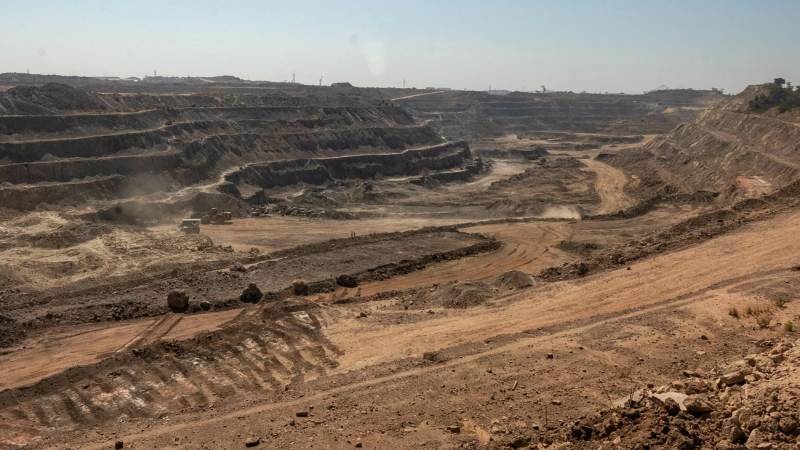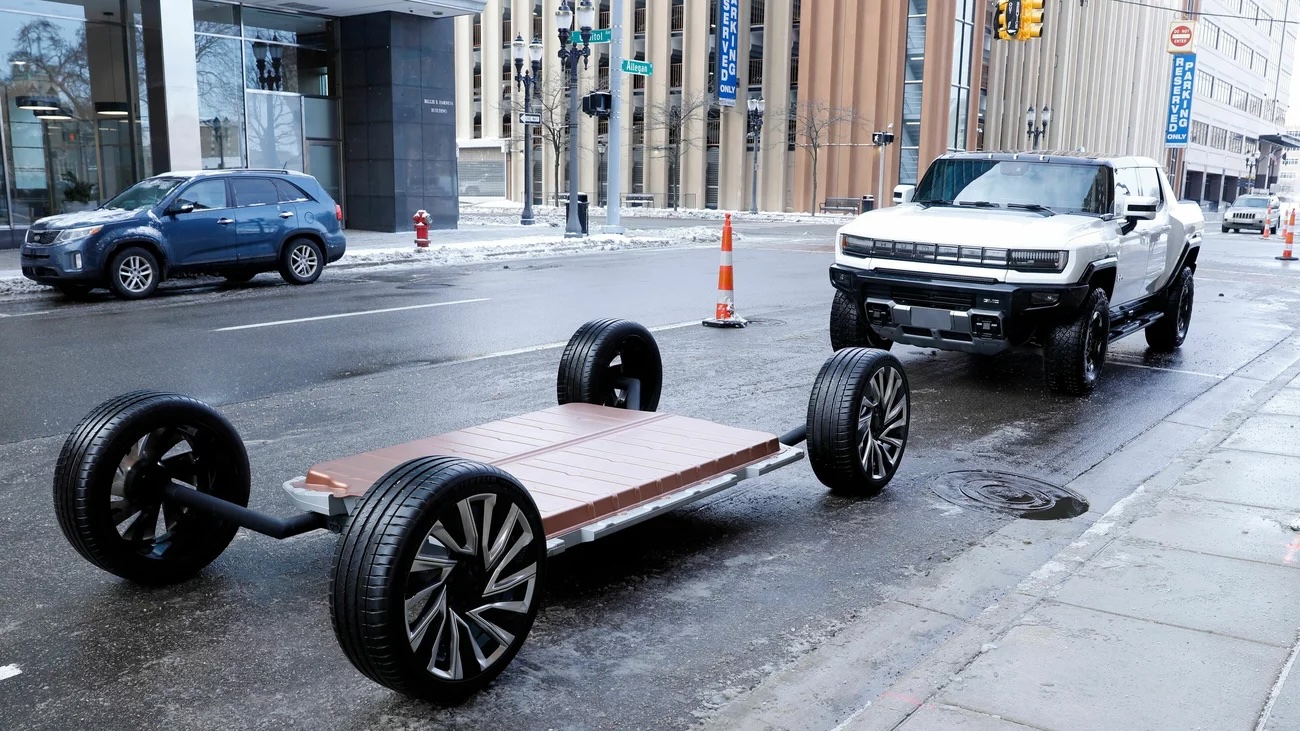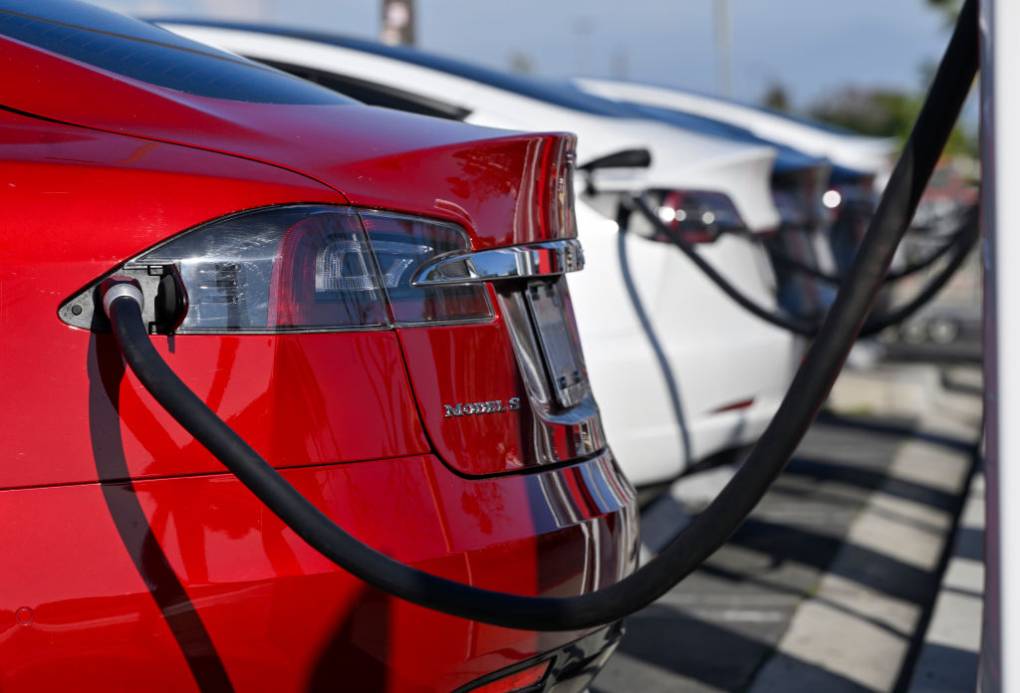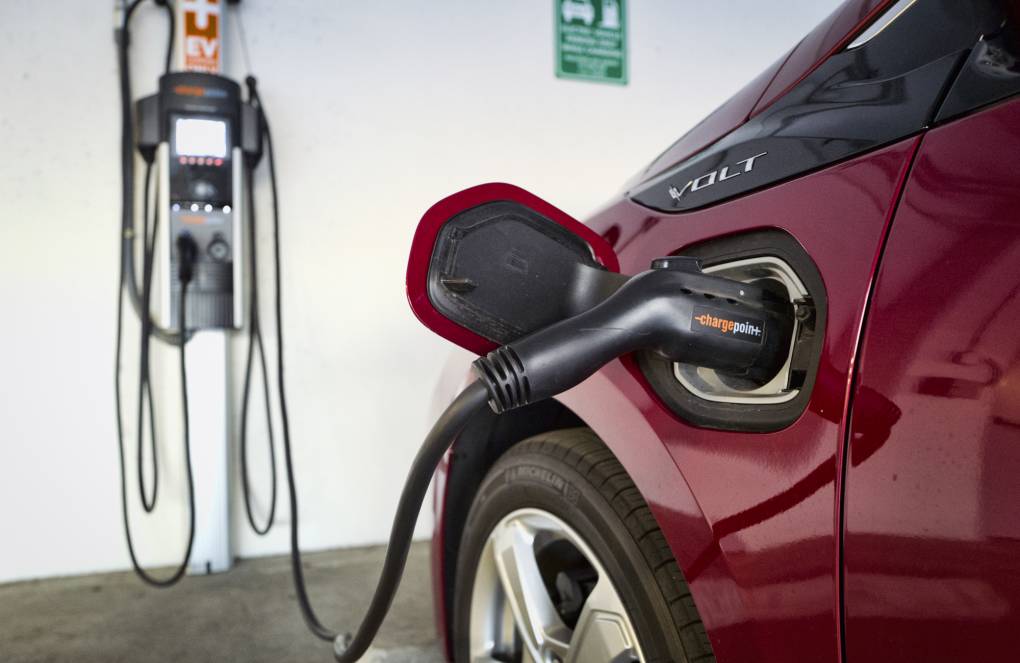Electric vehicles are sometimes called “zero-emission vehicles.” But the batteries that go into them are not zero-emission at all. In fact, making those batteries takes a lot of (mostly-not-clean) energy and hurts the environment in other ways, a fact that’s become common knowledge after widespread media coverage.
Does that environmental damage cancel out the green benefits of giving up gasoline? Or, as Jennifer Sousie, who owns a Nissan Leaf, put it: “Does the manufacturing and ultimate disposal of the batteries completely negate all the good that the no-emission aspect of my car does?”
The answer is no. Here’s why.
Batteries do more harm upfront — then less year after year
With all that’s required to mine and process minerals — from giant diesel trucks to fossil-fuel-powered refineries — EV battery production has a significant carbon footprint. As a result, building an electric vehicle does more damage to the climate than building a gas car does.
But the gas car starts to catch up as soon as it goes its first mile.
If you look at the climate impact of building and using a vehicle — something called a “lifecycle analysis” — study after study has found a clear benefit to EVs. The size of the benefit varies — by vehicle, the source of the electricity it runs on, and a host of other factors — but the overall trend is obvious.
“The results were clearer than we thought, actually,” says Georg Bieker, with the International Council on Clean Transportation, who authored one of those reports. (This is the group that busted Volkswagen for cheating on its emissions tests. Holding industries accountable for whether they’re actually reducing emissions is the ICCT’s whole thing.)
Building a battery is an environmental cost that’s paid once. Burning gasoline is a cost that’s paid again, and again, and again.
Gasoline’s environmental cost is ongoing
Several listeners asked NPR about the negative impacts of mines, beyond carbon emissions. There are several: They disrupt habitats. They pollute with runoff or other waste. And people can suffer in other ways: worker poisonings, child labor, indigenous communities’ rights violated and more.
Thea Riofrancos is a political scientist who has sounded the alarm about these impacts. She’s glad people are asking these questions — which she’d like to see them do for more than just EVs. “The fact that mined products are in basically everything we use should give us pause,” she says.




